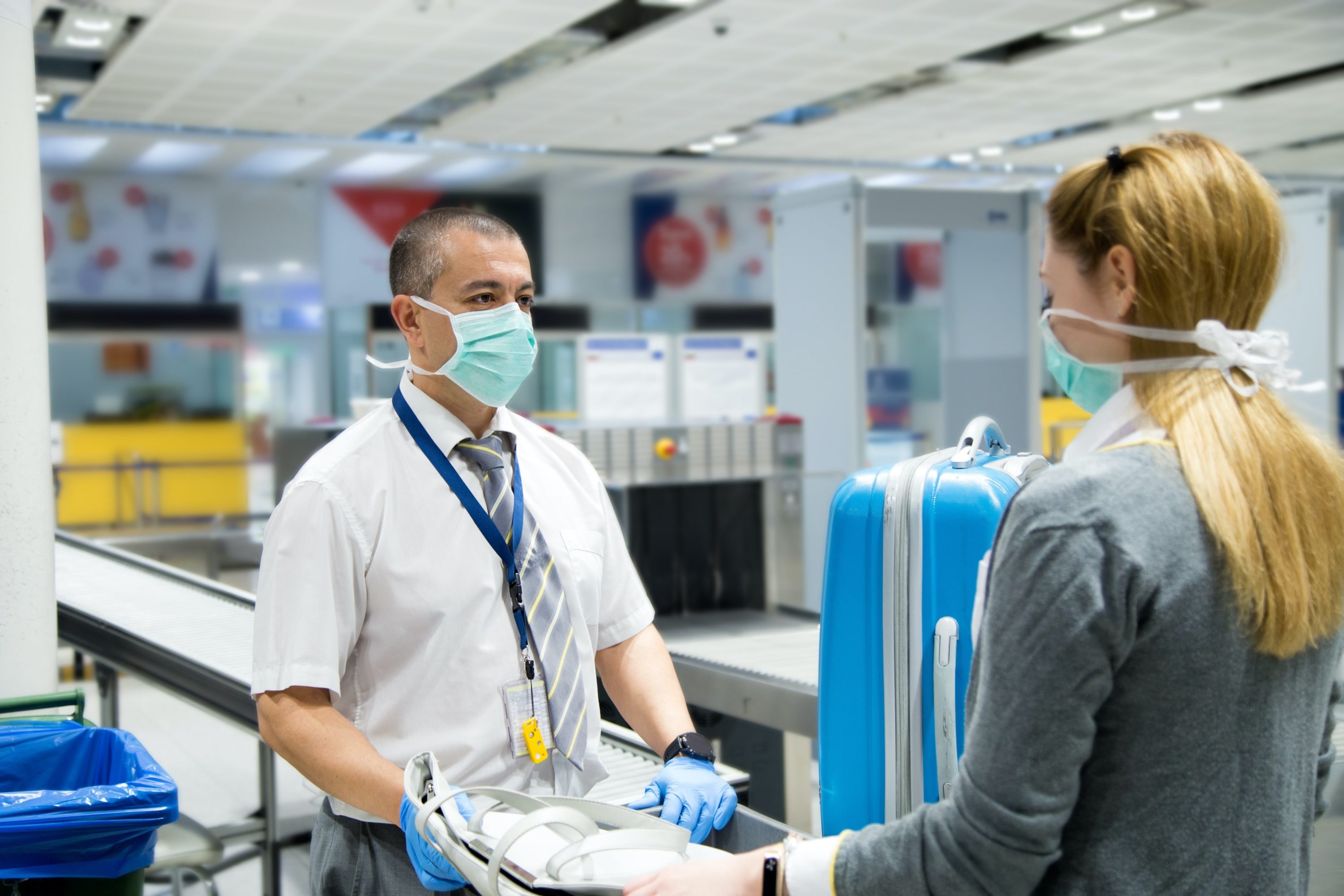At the end of last year, The International Standard Organisation (ISO) released “ISO 31030 – Risk Travel Management – Guidance for Organisation”, a new travel risk management standard which is derived from the well‐established ISO 31000 risk management standard.
The guiding principle of ISO 31030 is that A Travel Risk Assessment is fundamental to comply with obligations of Duty of Care. The ISO 31030 means international businesses go from a lack of understanding and unpreparedness for risk situations to having a well-thought-out critical travel risk management strategy.
It’s important to show employees that they are supported by their company when travelling on its behalf. Travellers, whether international or national, can be faced with unfamiliar situations and environments that have different risk profiles. Organisations need to meet their Duty of Care responsibilities, comply with any relevant legal and ethical obligations related to travel (across multiple jurisdictions) and have a plan in place to care for their staff.
So, here’s your complete guide to how the new ISO standard is changing the face of travel risk management and assessments.

What is the ISO 31030 Travel Risk Management standard?
Originating from the ISO 31000 (2018) Risk Management, the 31030 standard is bringing risk assessment and management further into the travel industry. The new standard will provide organisations with a global Travel Risk framework, where all companies will need to align their existing management strategies to, developing the best safety procedures for their employees.
The aim of the ISO 31030 is to promote a global culture with international businesses by making travel-related risks a more serious matter. The new standard focuses on the travellers and the risks they will face, providing guidance and tools for managing risks under a common language and principle.
The ISO 31030 will cover all aspects of business travel: authorisations, planning, policy, traveller assessment, transportation, destination, accommodation – to name a few!
Why is ISO 31030 needed for international business with corporate travel?
For many businesses working internationally, corporate travel is unavoidable and needed to expand into new markets and clients. With the world becoming more globalised and connected, the number of countries workers are travelling to is growing, consequently raising the number of risks that will be encountered.
With international companies working globally, not having a local base can lead to complexities in protecting employees compared to those in domestic locations. Therefore, the more focussed approach outlined in the ISO 31030 standard is needed.
The emergence of the ISO 31030, following the pandemic, has meant that international businesses can explore what has been going wrong in their travel management plans. The pandemic has brought forward a different set of issues and safety risks that weren’t apparent before, and this developed ISO standard provides a space for travelling employees to state what is needed for their health and safety from their organisations.
Providing detailed support for these internationally mobile workers gives travellers the confidence they need to feel safe when working elsewhere in the world.
Where to start with Risk Management?
A good starting point for approaching your organisation’s risk management plan is by identifying everyone that is affected and involved. This can be done through feedback forums and mechanisms.
Keeping up-to-date information on employees and business travel locations is also a good place to start, where this travel risk information should be incorporated into the overall basics of a risk management strategy.
Of course, Gray Dawes are here to help. Gray Dawes Consulting has developed a unique range of ‘Get Set’ travel consultancy packages. Bringing together all of the top matters currently influencing business travel, these solutions are tailored to your own organisation’s objectives to develop a robust travel programme that’s as unique as you are.
There are also external tools that are available to companies to help with getting started with risk management. For example, the Check My Travel Risk website which allows organisations to check their existing travel risk programmes against the new ISO 31030, guiding how to implement the best management for their travelling employees.
Rules and responsibilities
Businesses have a Duty of Care to their employees no matter where in the world they are. Duty of Care is a businesses’ moral and legal obligation to care for its employees. Regarding travel, this means ensuring the safety and security of travelling employees as an organisation’s responsibility doesn’t stop when employees arrive in a different location.
Employees also have a Duty of Care to their companies as they need to communicate effectively on incidents and risks that occur when working abroad through feedback forums. Organisations can then learn from issues and implement change.
Once understood, this loop of accountability between staff and employers will help travel risk managers to develop a streamlined process to ensure safety, developed from open discussion and critical collected data.
Travel risk and accommodation
Accommodation is a vital part of managing travel risk – to the point that the hotel industry was deeply involved in the creation of the ISO 31030. The hotel industry was the expert travel industry group, outlining issues of hygiene, fire safety, and general travel safety.
The hotel industry helps to ensure that accommodation is fit for business purposes, meaning they are constantly aware of risk avoidance, reduction, and risk-sharing.
Does the ISO 31030 provide a Risk Management template?
The ISO 31030 uses the same terminology, principles, and framework as the previous ISO 31000, referring to the same risk profile template on how to build risk tolerance and dealing with general risk. The new ISO provides a more structured approach to the development, implementation, and evaluation of strategies. However, there is still room for variety where organisations can adapt to the risk management templates to fit with their company.
Which businesses does the ISO 31030 target?
The ISO 31030 travel risk standard is available for all organisations and industries, where the size of your business doesn’t matter. From commercial, charities, education, non-government organisations, non-profit, HR, health and safety, procurement, sales, marketing, to security – it applies to all!
The only industries that the new standard won’t apply to are tourism and leisure organisations.
Summary
The safety concerns of travelling employees have always been a priority for organisations, but with the world still dealing with the fallout from the pandemic, the Duty of Care is higher than it ever has been before. The development and release of the ISO 31030 couldn’t have come at a better time, especially as a return to travelling across the globe is in full swing.
Risks such as disease outbreaks, epidemics, natural disasters, as well as conflict, crime (including cyber and information ones), terrorism, political and socially instability and unrest, can threaten the safety, security, and health (both physical and mental health) of travellers and also affect the outcome of their business trip.
Providing clarity and support for organisations, international businesses must develop a shift in their risk management strategies to fall in line with the new ISO 31030. And we’re to help.
To help you navigate the changes of business travel, we’ve created the brand-new Traveller Toolkit. This invaluable online resource is packed full of easy-to-use guides and checklists for every stage of every journey. We detail exactly what you need to know and do before, during and after your trip.
You’ll also find innovative and interactive virtual trips, which walk you through each step of being at the airport, on the train and in the hotel. You can even check the travel restrictions and health status of your destination with our comprehensive COVID-19 Country Tracker, updated five times daily to ensure you have the very latest information to help keep you and your travellers safe.
Travel is changing. With common sense and a good TMC behind you, travellers can have the confidence to once again take to the skies. It’ll soon be back business as (un)usual.


